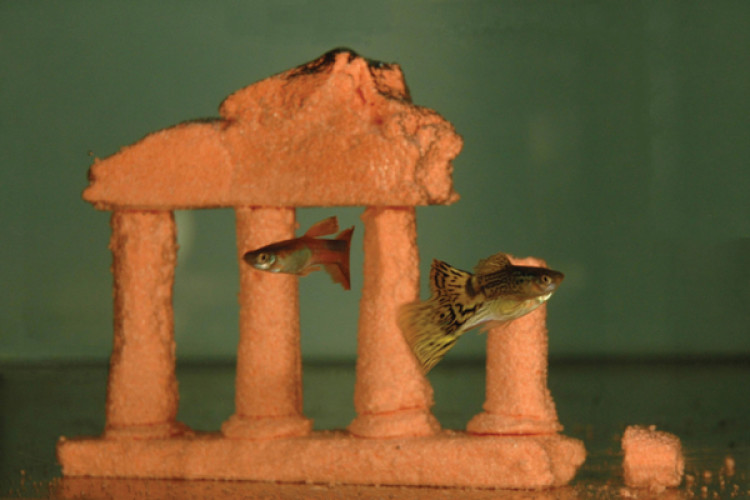The study, published in the latest issue of Nature, suggests that the most stable sandcastles have a very low water content of about 1%, but the maximum height a sandcastle can reach also depends on the diameter of its base.
The stiffness of sculptured wet sand in a sandcastle results from the formation of capillary bridges between the sand grains, explain the four scientists from the Netherlands, France and Iran. Dry sand, conversely, can hardly support its own weight.
Sand that contains only a small amount of water can be sculpted into an impressive sandcastle, but too much water will destabilise the structure, as seen in landslides.
Daniel Bonn and colleagues investigated the stability of cylindrical columns of wet sand, both theoretically and experimentally. The columns become unstable when they undergo a buckling transition under their own weight.

The authors find that the maximum height of a sand column increases as a 2/3 power of the radius of its base. By measuring the ratio of the force exerted on the sand to the resultant deformation they also show that the optimum strength of wet sand is achieved with a very low liquid content. This model allows the authors to calculate a sandcastle's maximum height.
One way to build a more stable and therefore a taller sandcastle is to decrease the effective density of the sand, which can be achieved by plunging the structure under water. This will destroy the liquid bridges between the grains of normal sand, but use of hydrophobic sand allows there to be air bridges between the sand grains under water, they say. The effective weight of the sandcastle is reduced by a factor of three, making it is possible to build more spectacular sandcastles underwater than above. The different elements of the sandcastle were molded under water, saturated with interstitial air. After molding, a syringe was used to suck out air, reducing the “fluid” volume fraction from about 40% to about 10% in order to increase the strength of the material before simply moving them into place by hand.
The paper can be found on Nature's website (link opens in a new tab).
Got a story? Email news@theconstructionindex.co.uk



